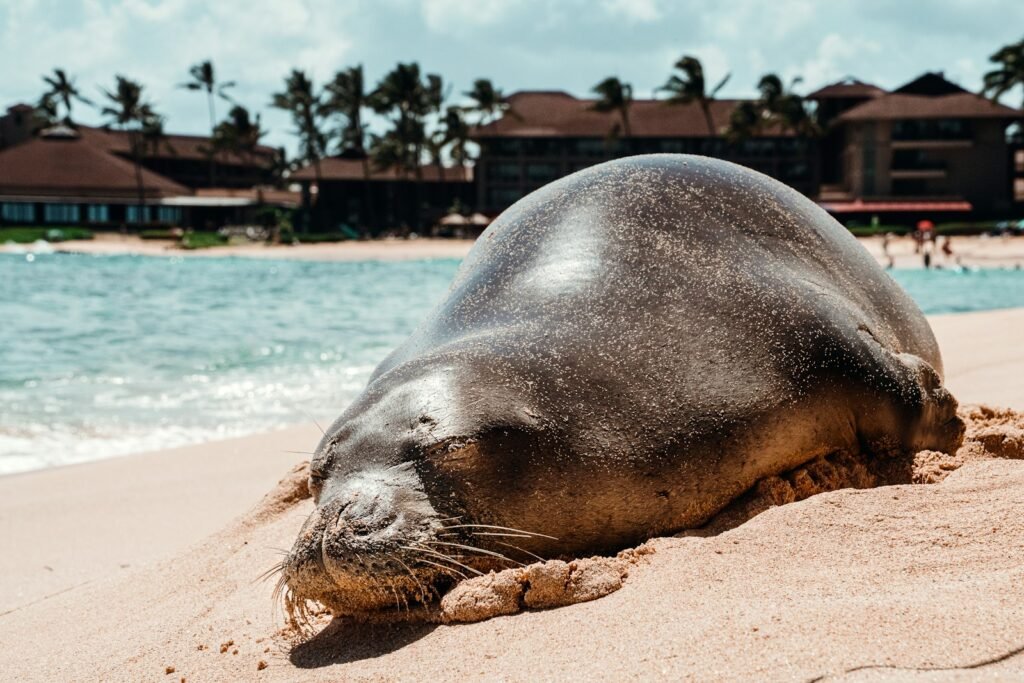Imagine a world where a single plant can outpace the growth of bamboo, stretch across ocean floors like living emerald carpets, and silently wage war against one of humanity’s greatest threats: climate change. This is not the stuff of science fiction. Beneath the waves, hidden from most eyes, the fastest growing plant on Earth thrives — and it’s not a tree or a vine, but a humble yet extraordinary seagrass. While we marvel at towering redwoods and lush rainforests, these underwater meadows quietly do the work of entire forests, all while remaining largely overlooked. It’s time to dive beneath the surface and discover the remarkable story of seagrass, the unsung hero of our planet’s future.
The Underwater Marvel: What Is Seagrass?
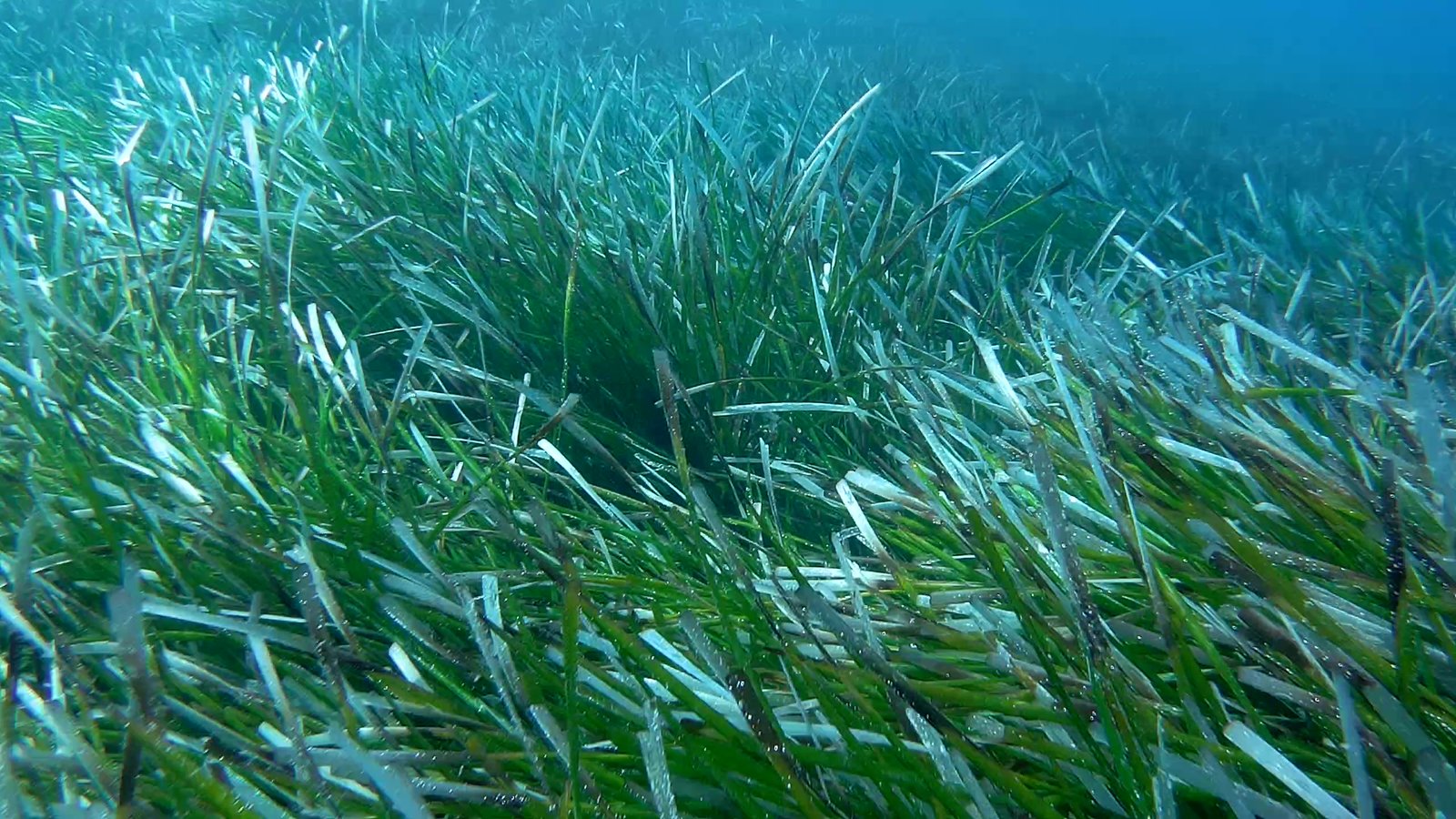
Seagrass might sound like seaweed, but it’s actually a true flowering plant — more closely related to lilies or wheat than to algae. Growing in shallow, sunlit waters along coastlines around the world, seagrass forms dense underwater meadows that sway with the tides. These meadows are a haven for marine life, acting as nurseries for fish and shelter for countless sea creatures. Unlike most plants that thrive on land, seagrass has adapted perfectly to life underwater, with ribbon-like leaves and intricate root systems anchoring it firmly in shifting sands. Its subtle beauty is often missed by swimmers and boaters, but its impact on the ocean — and the planet — is profound.
The Speed of Growth: Outpacing Bamboo
Most people think of bamboo as the fastest growing plant, but seagrass leaves it in the dust. Certain species of seagrass, like Zostera marina, can grow up to 35 centimeters (over a foot) in a single day under optimal conditions. This explosive growth rate allows seagrass meadows to quickly recover from storms or disturbances, maintaining their crucial roles in coastal ecosystems. Imagine a plant growing so rapidly that you could almost watch it stretch before your eyes — that’s the reality of seagrass. Its ability to expand and cover new ground means it can lock away more carbon, support more life, and stabilize more coastlines than slower-growing species.
Seagrass as a Climate Warrior
What truly sets seagrass apart is its role as a climate champion. As it grows, seagrass draws in carbon dioxide from the water and atmosphere, storing it deep within its roots and the surrounding sediment. Scientists call this process “blue carbon” sequestration, and seagrass is among the most efficient natural systems at capturing and holding onto carbon for centuries. In fact, seagrass meadows can absorb carbon up to 35 times faster than tropical rainforests per square meter. This hidden powerhouse helps slow global warming, making seagrass restoration a key tool in the fight against climate change. Every swaying blade is a frontline soldier in Earth’s battle for a cooler future.
The Hidden Ecosystem Beneath the Waves
Seagrass meadows are bustling underwater cities, teeming with life. These habitats shelter young fish, seahorses, turtles, and even endangered dugongs and manatees. The intricate architecture of seagrass beds provides protection from predators and a rich supply of food, nurturing marine biodiversity. In places where seagrass thrives, fisheries are more productive, and coral reefs nearby are healthier. The ecological services provided by seagrass are nothing short of astonishing, yet their importance is often overlooked in conservation efforts. To lose seagrass is to lose the foundation of countless marine food webs.
Nature’s Water Filter and Coastal Protector
Beyond storing carbon, seagrass acts as a natural water filter. Its leaves trap sediments and absorb excess nutrients, keeping coastal waters clear and healthy. This clarity allows sunlight to reach deeper, supporting coral reefs and other marine plants. Seagrass roots also hold soil in place, preventing erosion and buffering coastlines against destructive waves and storms. When hurricanes or typhoons strike, areas with healthy seagrass meadows experience less damage and recover more quickly. It’s as if nature has built an underwater shield, quietly protecting both wildlife and people living along the shore.
A Global Crisis: The Threats Facing Seagrass
Despite their importance, seagrass meadows are disappearing at an alarming rate. Pollution, dredging, coastal development, and climate change have wiped out more than a third of the world’s seagrass in the last century. Every year, we lose an area of seagrass roughly the size of two football fields every hour. This loss triggers a domino effect, reducing fish populations, increasing coastal erosion, and releasing stored carbon back into the atmosphere. The crisis is urgent, and yet, few people realize how much is at stake when these silent meadows vanish.
Restoration Efforts: Hope on the Horizon
Around the world, scientists and local communities are racing to restore seagrass meadows. Innovative projects use everything from underwater drones to hand-planted seedlings to revive lost habitats. In the UK, volunteers have restored over 100 hectares of seagrass since 2020, breathing new life into coastal waters. In Australia and the United States, large-scale restoration is showing promising results, with fish and wildlife returning to areas once barren. These efforts not only help nature heal but also create jobs and strengthen local economies, proving that investing in seagrass benefits everyone.
Seagrass and Human Wellbeing
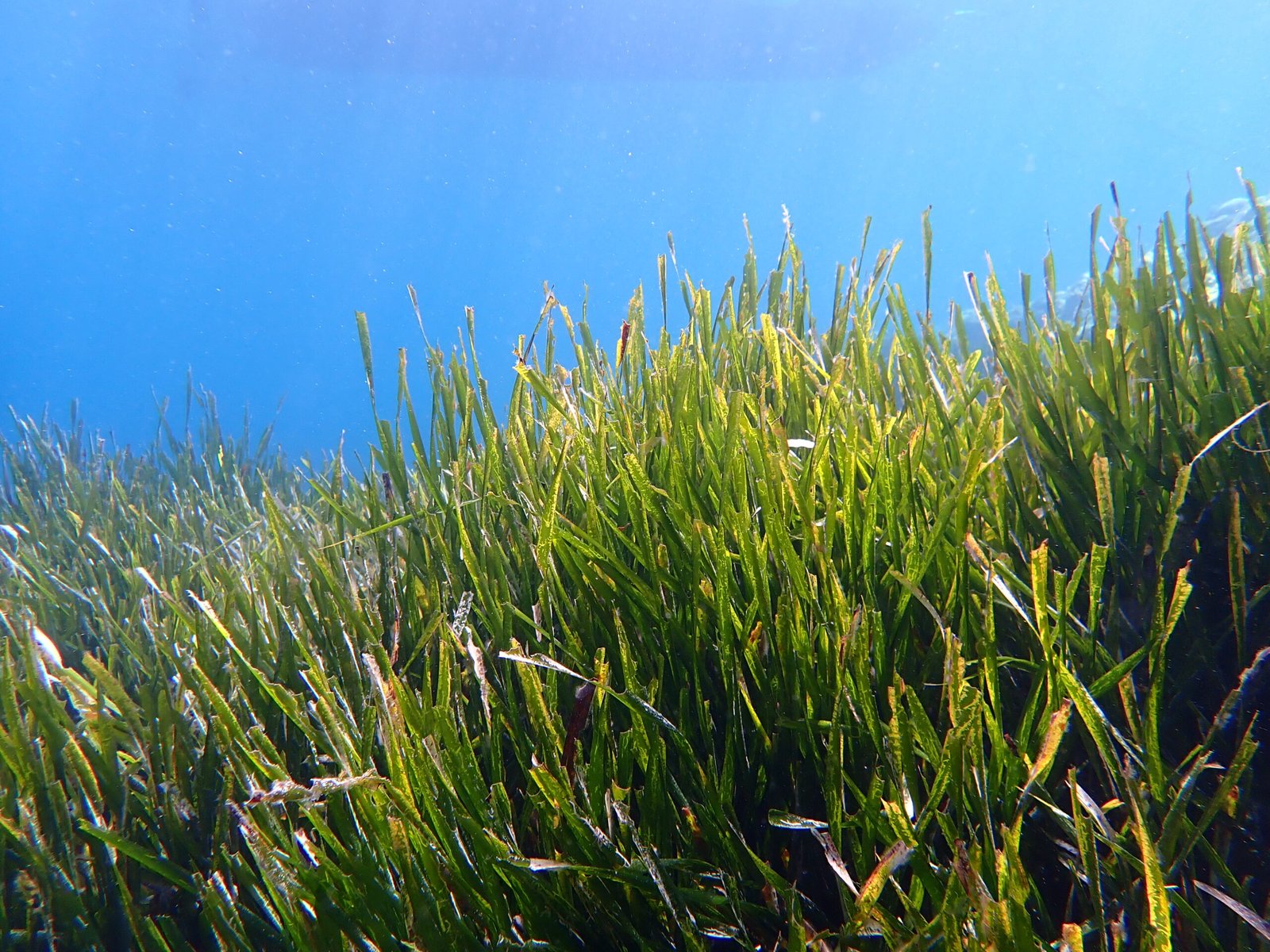
The benefits of seagrass extend far beyond the ocean. Healthy meadows support thriving fisheries, putting food on the table for millions of people. They boost tourism, drawing snorkelers and divers to vibrant underwater landscapes. Seagrass also supports the livelihoods of coastal communities, from small-scale fishers to eco-tour operators. In many cultures, seagrass has traditional uses for medicine, crafts, and even building materials. Its well-being is deeply intertwined with human prosperity, highlighting the urgent need to protect and restore these vital ecosystems.
Scientific Discoveries: Uncovering New Secrets
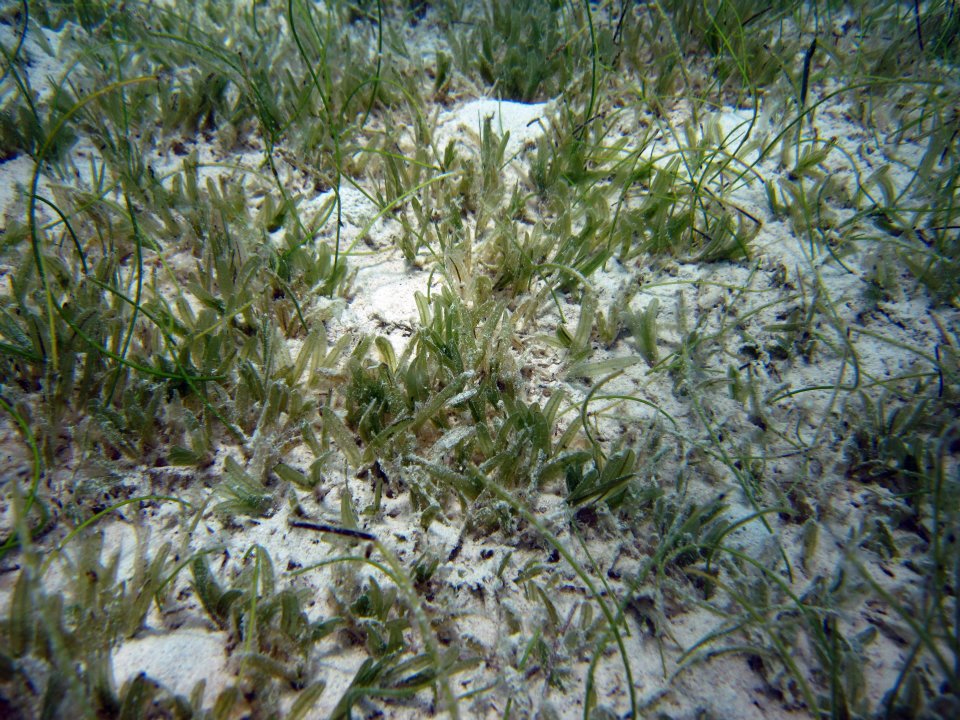
Researchers are constantly uncovering new secrets about seagrass and its role in the planet’s health. Recent studies revealed that seagrass produces natural antibiotics, helping fight harmful bacteria and keeping marine environments healthy. Other discoveries point to seagrass as a key player in controlling ocean acidity, further buffering the impacts of climate change. Scientists are also exploring the genetic diversity of seagrass, hoping to breed more resilient strains that can withstand warming seas and pollution. With every new finding, our appreciation for seagrass deepens, and its story becomes even more compelling.
What’s Next for Seagrass Meadows?
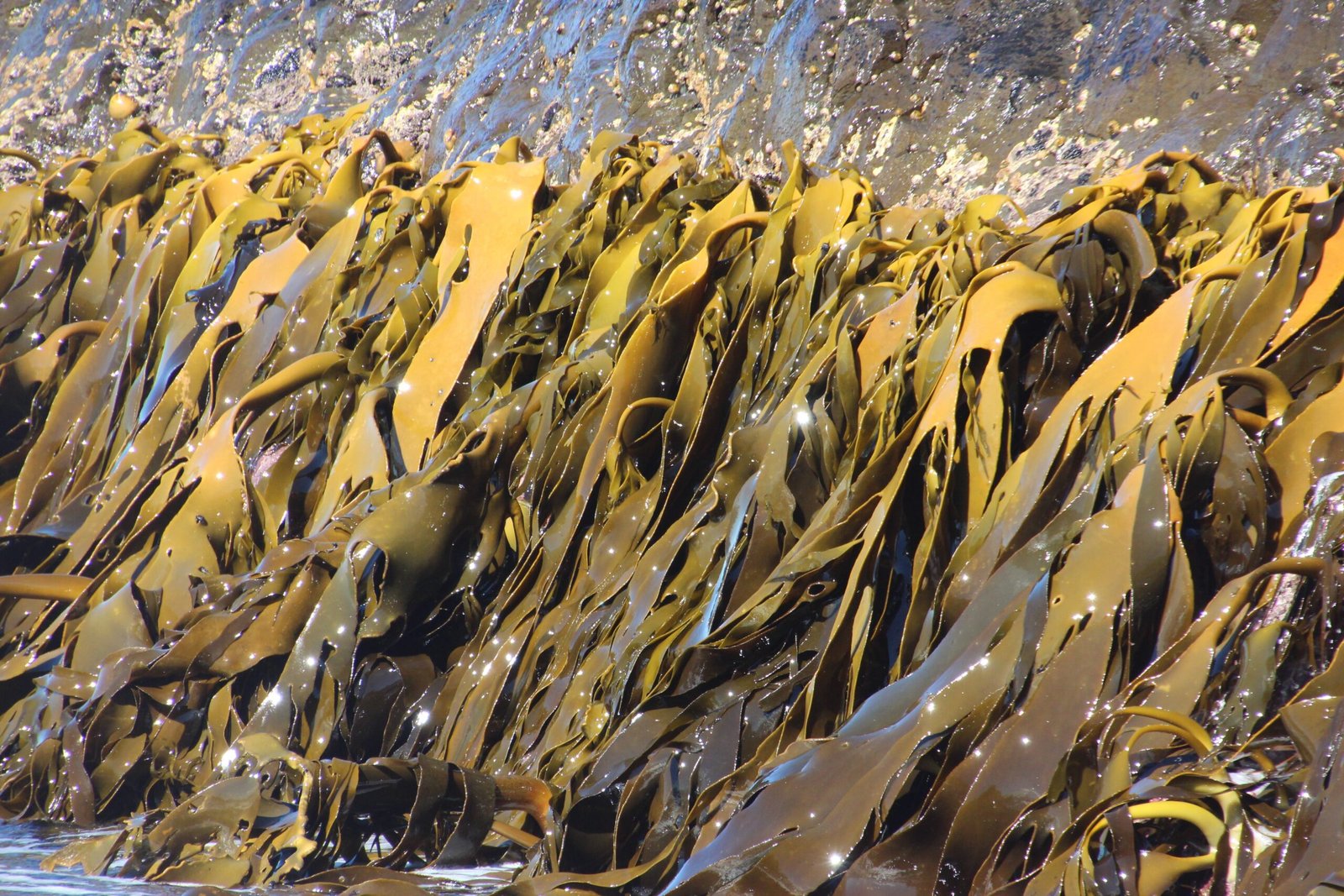
Looking ahead, the fate of seagrass is at a crossroads. Technology, policy, and public awareness will all play a role in determining whether these underwater forests thrive or disappear. Emerging initiatives aim to map and monitor global seagrass coverage using satellites and artificial intelligence, making it easier to track progress and spot threats. Governments are beginning to recognize the value of seagrass, incorporating its protection into national climate and conservation plans. The choices we make now will echo for generations, shaping the future of our coasts and the health of our planet.
A Call Beneath the Waves
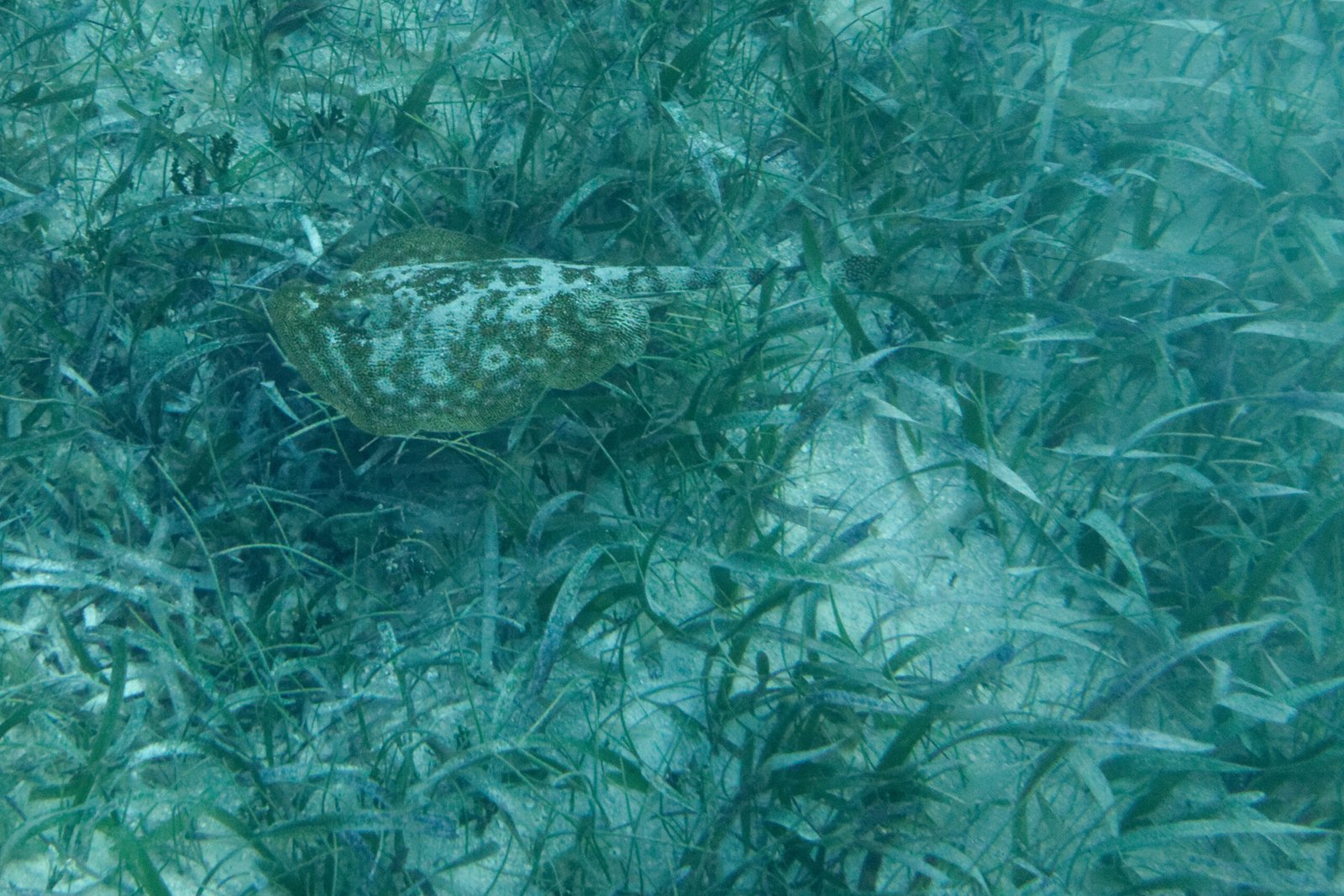
Seagrass may not command the awe of towering trees or colorful reefs, but its quiet resilience and relentless growth make it one of nature’s most remarkable allies. As we search for solutions to climate change and environmental decline, the answer may be swaying gently beneath the waves, hidden in plain sight. Will we learn to value and protect these underwater meadows before they are lost forever?


